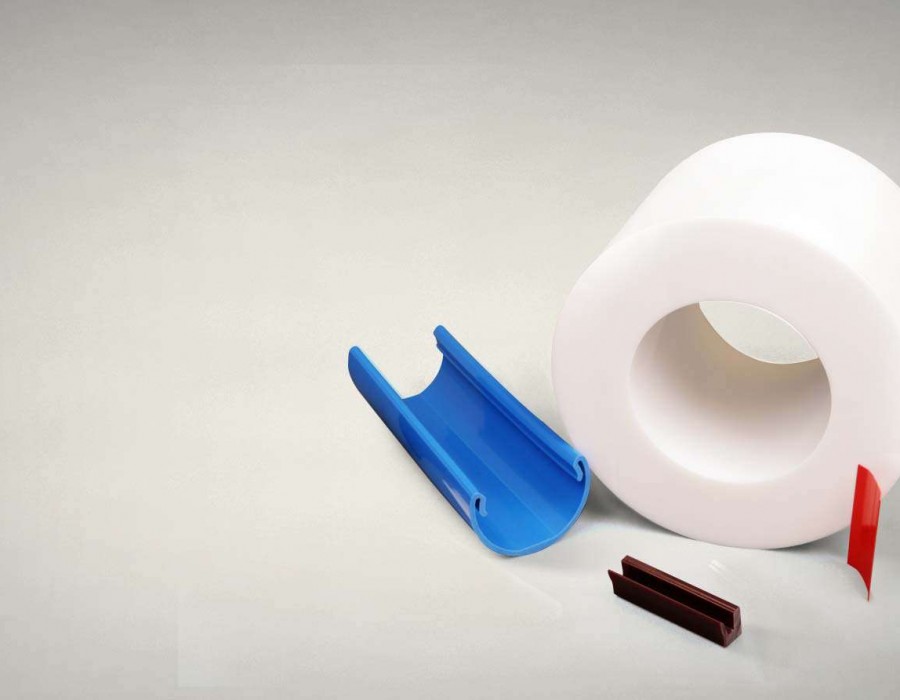At its core, custom plastic extrusion is a process that lets manufacturers take plastic parts and form them into unique shapes and sizes. Because of the versatility of it, custom plastic extrusion is a technique that can be used to make everything from the simplest replacement part to the most complicated products and everything in between.
When it comes to your next big project, one decision you'll have to make involves whether to use rigid or flexible plastics. The answer to that question requires you to keep a few key things in mind.

What are Rigid Plastics?
As the term implies, rigid plastics are those that by their nature are very hard and aren't easily flexible. Because of this added durability, they're typically used in applications taking place primarily outdoors.
In a lot of situations, they're even used as a cost-effective replacement for metal components - although whether or not they have the characteristics to meet those requirements will depend on the project in question.
Rigid plastics are commonly constructed from a range of different materials, including ones like PVC, acrylic, and UHMW, to name a few.
What are Flexible Plastics?
Flexible plastics, on the other hand, are exactly that - flexible. They're commonly employed in any situation where the plastic needs to be able to bend and be adjusted in various ways.
Take cable jacketing, for example. Obviously, a cable may need to not only run long distances, but around corners and in tight and oddly shaped spaces in order to fit the needs of the application. Jacketing made out of flexible plastics would be a perfect opportunity to get that done.
What are the Ideal Uses for Each?
As mentioned, because of their durability, rigid plastics are typically used for outdoor projects or in other environments that depend on such qualities. In addition to the type of electrical equipment that you're likely to find outside, rigid plastics are often used in construction projects of various types. They're also regularly employed in the automotive industry and even horticulture for these same reasons. Certain rigid plastics can also be used to create materials that are resistant to virtually all types of weather and that have high impact resistance, which is why they're so often used for these purposes.
Flexible plastics, however, are typically used for the types of equipment found in labs in the medical industry. They're also used in food and beverage as well. They can be found in many common appliances, and are also used to help create the types of pool and spa equipment that people use daily.
Obviously, there are exceptions to every rule but by and large these are when the aforementioned types of plastics are most appropriate.
Again, which type of plastic is best for you in the custom plastic extrusion process will ultimately come down to what you're trying to accomplish. If you know the requirements of your project but still aren't sure, don't worry - we're here to help. All of this underlines the importance of partnering with a custom plastic extrusion partner with experience not only in the process but within your specific industry. At Spiratex, we can help you understand what your options are so that you can make the best decisions possible moving forward.
If you'd like to find out more information about the ins and outs of rigid versus flexible plastics, or if you have any additional questions relating to custom plastic extrusions that you'd like to go over with someone in a bit more detail, please don't hesitate to contact the team at Spiratex today.
Source URL :- https://yourlastheist.com/custom-plastic-extrusions-the-ins-and-outs-of-rigid-vs-flexible-plastics/





Comments